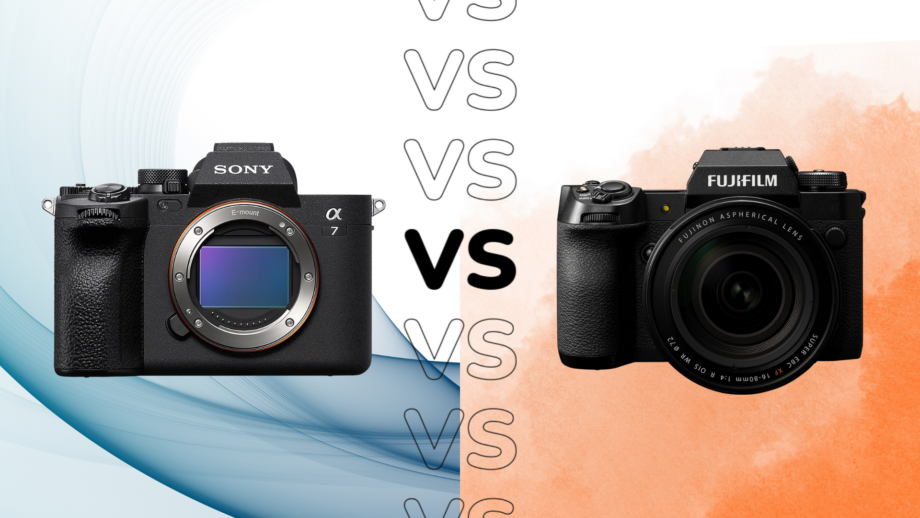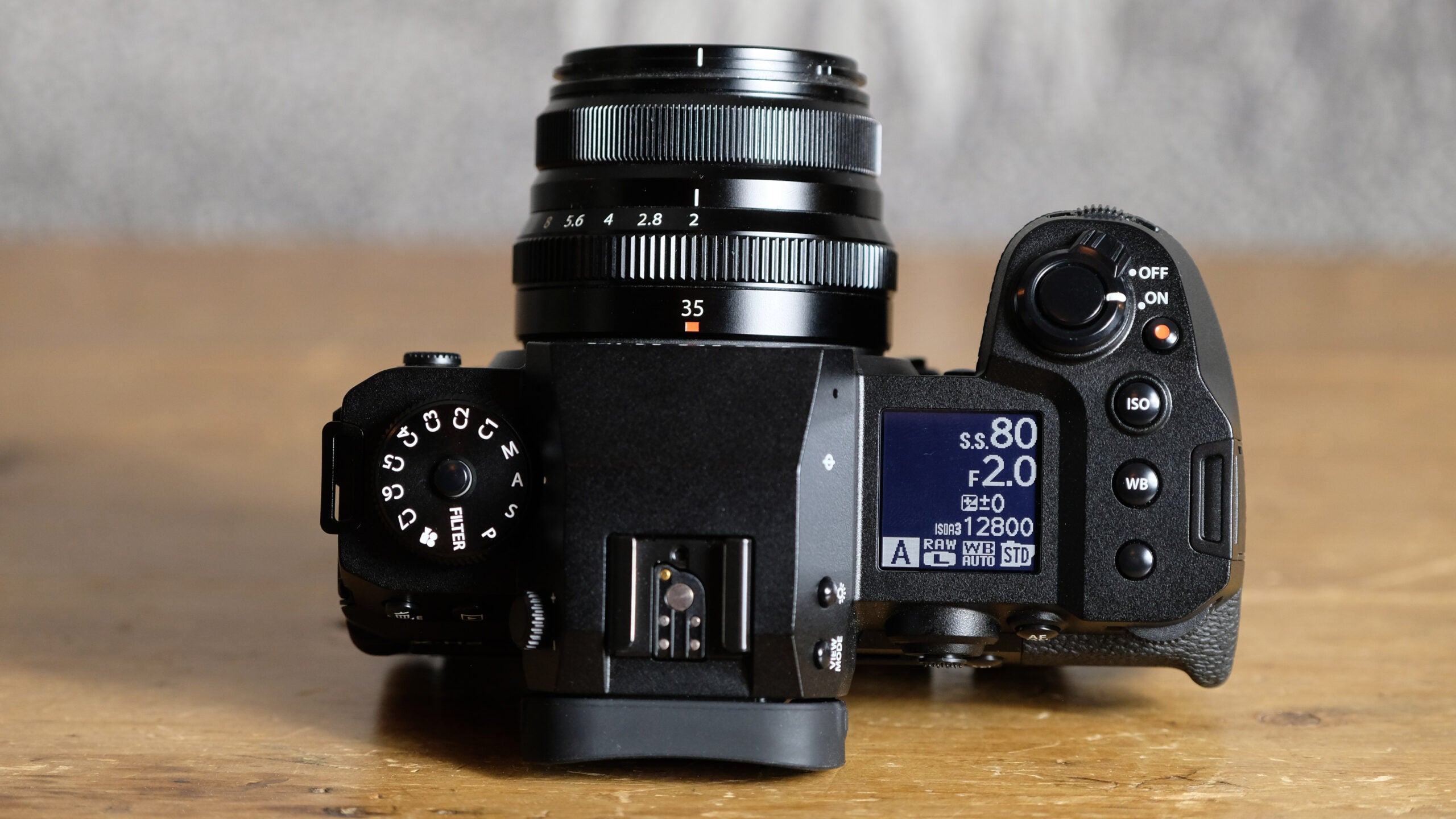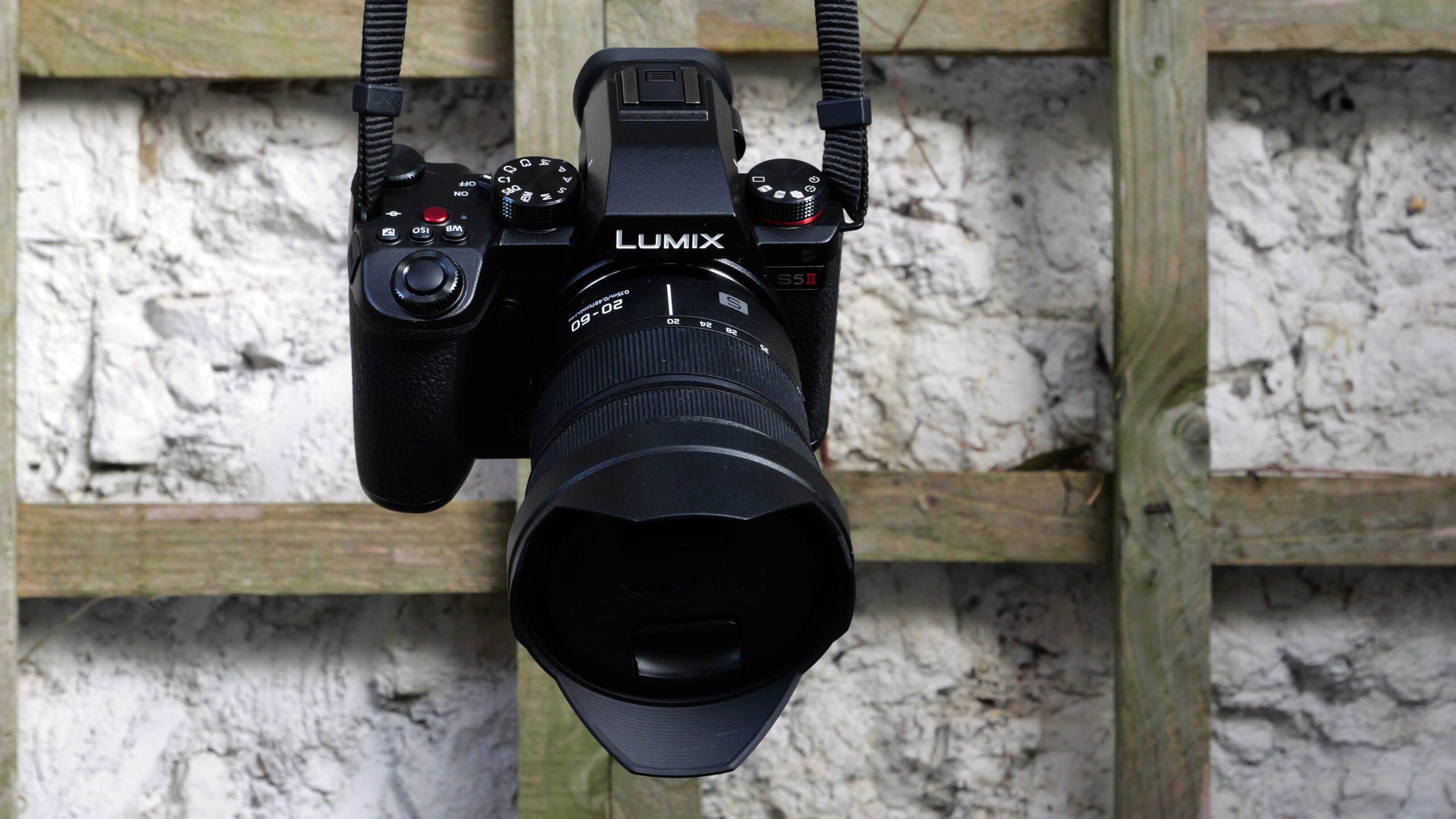Full frame vs APS-C: Which camera sensor should you choose?

When looking for a new camera, one of the first things you might consider is the image sensor size.
We’ve created this guide to explain all the differences between full frame and APS-C image sensors, along with the benefits and drawbacks of each.
Full frame and APS-C sensors explained
Sensor formats can range from full frame to APS-C, as well as Micro Four Thirds to the 1-inch sensors beginning to make an appearance in smartphones. There are also medium format sensors, which are actually larger than full frame.
So how big are these sensors? Full frame sensors are the same size as 35mm film, measuring 24 x 36mm. APS-C sensors are smaller at around 15 x 23mm, though the exact size can vary depending on the make.
You might see APS-C sensors referred to as “crop sensors”. This is because image sensors smaller than 35mm, including APS-C and Micro Four Thirds sensors, will inevitably experience some crop, resulting in a tighter field of view. This is also known as the “crop factor”.
The general rule is that the larger the sensor, the higher the image quality. However, the waters between the different sensors often become muddied when you factor in image resolution, along with other specs and variables.
Is full frame better than APS-C?
Full frame cameras will generally deliver better quality, higher resolution images than APS-C cameras, making them ideal for subjects in which resolution and detail are key, such as landscape photography and portraits.
They often perform better in low-light conditions and offer a higher dynamic range and more shallow depth of field. There’s also no crop factor to contend with on a full frame camera, meaning photographers can capture a wider field of view.
APS-C cameras, on the other hand, are typically cheaper to buy than full frame models, making them a great choice for beginners and those on a budget. This doesn’t mean they’re low-resolution, however, with plenty of APS-C cameras capable of producing sharp and clear images.
APS-C cameras are also often smaller and more lightweight thanks to their slimmed-down sensors, making them well-suited to street and wildlife photography.
Finally, if you have a large collection of APS-C lenses, you’ll still experience a crop when pairing them with a full frame camera. For this reason, you may want to think twice about upgrading to full frame right now if you don’t have the budget to replace your lenses while you’re at it.





